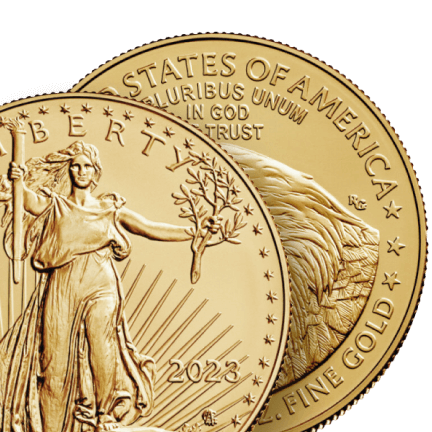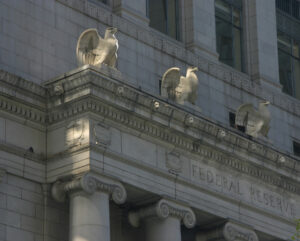Few times in history has the silver market looked like this.
In the latest episode of The GoldSilver Show, Mike Maloney and Alan Hibbard unpack an extraordinary squeeze that’s pushing the physical and paper markets in completely different directions — and it’s happening fast.
Lease Rates Explode: A Market Under Stress
Silver lease rates — the cost of borrowing silver for short trades — have rocketed to over 33%, a level almost never seen.
Under normal conditions, those rates hover near zero. A 33% spike signals something deeper: a market starved of liquidity.
For short sellers, this is a nightmare. They now face massive financing costs and limited access to real metal. The only way out is to buy back physical ounces — fueling even more demand in a market already stretched thin.
Air-Freighting Silver Bars to Stop a Market Freeze
Bloomberg reports traders are booking space on trans-Atlantic cargo flights to move silver bars from West to East, trying to capture an unprecedented $8 premium in Shanghai compared with COMEX prices.
That arbitrage tells the story: the paper price and the physical price no longer match.
If London’s silver market — the hub of global trading — freezes, the system could seize up entirely. In Mike’s words, that’s when you get “triple-digit silver” and “gap-ups overnight.”
Physical Silver Vanishes Across Asia
Across India and China, dealers report near-zero physical availability.
Funds in India have even halted new silver ETF investments because they can’t source enough metal to back new shares.
Investors are offering premiums above exchange prices, yet shelves remain empty — a classic sign that the real price is higher than the one flashing on a trading screen.
Mike calls this the “unobtanium stage,” where metal isn’t just expensive — it’s unavailable.
Refinery Bottlenecks: The Hidden Choke Point
Even in the U.S., refineries are jammed. Many are paying only half of spot value for scrap or “junk” silver because they simply can’t process it fast enough.
That’s why Mike favors .999 fine silver products — coins and bars that don’t need re-refining before resale.
This choke point echoes the “Big Melt” of 1980, when refinery backlogs stretched for months and physical premiums exploded. Then, as now, the price didn’t fall — it broke higher.
Silver Still Cheap in Real Terms
Here’s the kicker: adjusted for inflation, today’s silver price equals only about $12 an ounce in 1980 dollars.
Despite the nominal highs, the metal remains historically undervalued. Combine that with soaring demand, refinery strain, and global supply stress — and you have the setup for a market that could reprice violently once again.
Watch Mike’s Full Breakdown
The gap between paper and physical silver is widening by the day.
Don’t rely on headlines — see the data, charts, and real-world examples yourself.
Get Gold & Silver Insights Direct to Your Inbox
Join thousands of smart investors who receive expert analysis, market updates, and exclusive deals every week.
People Also Ask
Why are silver traders shipping bars by air?
Because physical premiums in Asia have surged up to $8 an ounce higher than Western prices, traders are air-freighting silver bars across the Atlantic to capture the spread. The move shows how tight physical supply has become and how far paper prices have drifted from reality. Watch Mike Maloney’s full breakdown here: Silver Traders Are Loading Cargo Flights →
What does a 33% silver lease rate mean?
Lease rates normally hover near zero, so a 33% spike signals severe stress in the lending market. It means silver is so scarce that short sellers must pay enormous costs to borrow metal—often forcing them to buy it back, which can drive prices higher.
Why is there a silver shortage in India and China?
Refiners and dealers across Asia report near-zero physical availability, with buyers offering premiums above exchange prices just to secure metal. This shortage has even caused some Indian funds to halt new silver ETF investments until supply stabilizes.
Are refinery bottlenecks affecting silver prices?
Yes. Refinery backlogs mean that scrap and lower-purity silver fetch deep discounts, while .999 fine bars and coins command higher premiums and move faster through the system. These choke points echo the 1980 “Big Melt,” when supply delays helped send silver prices soaring.
Is silver still undervalued compared to history?
Adjusted for inflation, today’s silver price equals roughly $12 per ounce in 1980 dollars—far below its real-term high. Despite nominal gains, Mike Maloney argues silver remains historically cheap and poised for a major repricing once physical markets set the tone.

GoldSilver: Investing in Physical Metals Made Easy
GoldSilver lets you invest in real physical precious metals with flexible options to buy, sell, store, and take delivery. You’re in complete control.
Open an Account







